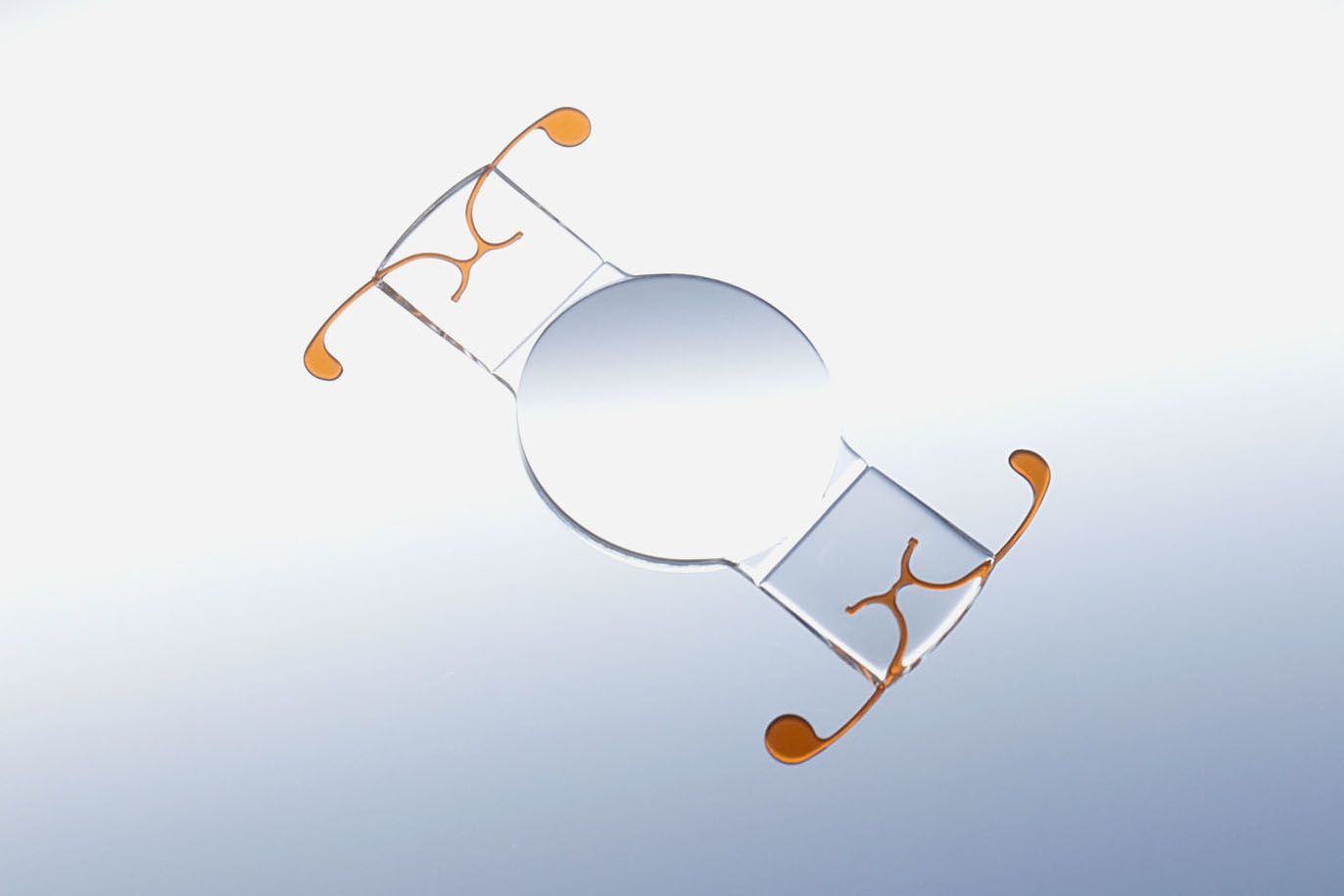IOLs after Cataract Surgery: What Type Should You Choose?
Millions of Americans suffer from cataracts. This condition clouds the vision and can cause blurry or dim eyesight. To address this problem, cataract surgery can be performed, during which the natural eye lens is removed and replaced with an intraocular lens (IOL). Our team at Gordon Wong Eye Designs and Optometry in La Jolla, CA, can help you weigh types of IOLs after cataract surgery. Knowing what to expect before your procedure can help you enjoy a smooth and successful treatment and recovery. We are here to help you every step of the way.

How IOLs Have Changed Eye Surgery
Once the natural lens of the eye is removed, some type of device must be used to replace it, as it is responsible for providing clear vision. Prior to the advent of IOLs in the 1980s, patients were required to wear specialized contact lenses or thick glasses following their cataract surgery for this very purpose. Now, there is a wide array of FDA-approved IOLs to choose from, making life after surgery much more convenient.
Monofocal IOLs
A monofocal IOL offers a single focusing distance and is the most common type of IOL used today. This kind of lens can be set for far distance, medium range, or up-close focusing. It is typically up to the patient to choose which they prefer. Most individuals choose distance focusing, and simply wear eyeglasses when they need to see up close. In some instances, a single monofocal lens can be placed for near vision in one eye, and another for distance vision in the other. However, this can often lead to issues with depth perception, so a full assessment will be required to determine if this kind of treatment is right for you.
Multifocal IOLs
As the name suggests, multifocal IOLs provide clearer vision both up close and far away. Over time, the patient’s brain learns the difference between the two settings, and automatically chooses the correct one. Multifocal lenses generally reduce or eliminate the need for corrective eyewear after cataract surgery.
Accommodating IOLs
Also capable of focusing at various distances, accommodating IOLs actually shift and change shape inside the eye to allow proper vision. When compared to alternative options, this type of IOL is not the most optimal choice for improving near vision. However, under the right circumstances, many of our patients have enjoyed enhanced vision with accommodating IOLs.
Toric IOLs
If you have astigmatism, then a toric IOL could be the solution for you. While astigmatism is the result of an irregular corneal curvature, toric lenses work to counteract the issue and correct the refractive error that occurs because of it. When the lens is implanted into the eye, it is carefully adjusted to the proper position and orientation for maximum results.
Learn More
Undergoing cataract surgery is a highly personal decision. It is important to have a thorough understanding of your unique goals before choosing an IOL for your treatment. To learn more about your candidacy for IOLs, schedule a consultation at our practice. You can contact us online using our simple form.


